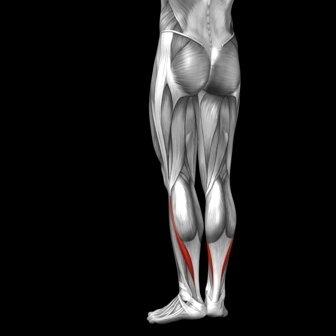Details Help You Decide Between Achilles, Peroneal Tendinitis

Question: What is the difference between Achilles tendinitis and peroneal tendinitis? And how do you choose ICD-10 codes for each condition? Arkansas Subscriber Answer: The codes you’ll assign for Achilles tendinitis are one of the following, depending on encounter specifics: According to mayoclinic.org, Achilles tendinitis is an “overuse injury of the Achilles tendon, the band of tissue that connects calf muscles at the back of the lower leg to your heel bone.” Symptoms include “a mild ache in the back of the leg or above the heel after running or other sports activity. Episodes of more severe pain may occur after prolonged running, stair climbing or sprinting,” mayoclinic.org reports. The patient might also experience tenderness or stiffness, especially in the morning. Treatment: According to mayoclinic.org, “most cases of Achilles tendinitis can be treated with relatively simple, at home care under. More-serious cases of Achilles tendinitis can lead to tendon tears (ruptures) that may require surgical repair.” In contrast to Achilles tendinitis, you’ll code cases of peroneal tendinitis with one of the following ICD-10 codes, depending on encounter specifics: The two peroneal tendons run parallel along the outer ankle bone, which can lead to confusion between this condition and Achilles tendinitis. According to medicalnewstoday.com, peroneal tendinitis “occurs when the peroneal tendons become inflamed. This happens when there is an increased load and overuse of the tendons, leading to them rubbing on the bone.” This friction causes the tendons to swell. Over time, the tendons will thicken in size to try and manage the increased load more efficiently. According to medicalnewsday.com, symptoms of peroneal tendinitis include: Treatment: Much like Achilles tendinitis, peroneal tendinitis treatments are typically nonsurgical. Along with rest, patients with peroneal tendinitis typically receive one or more of the following treatments:




